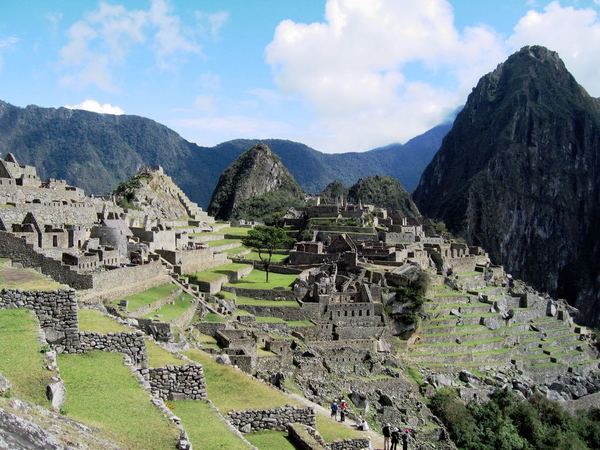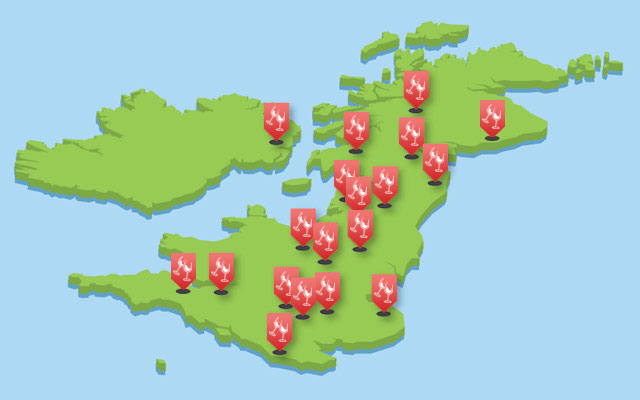Event Description
1. PERU
Peru, a country renowned for its stunning landscapes, ancient ruins, and vibrant culture, might not be the first place that springs to mind when thinking about wine production. However, the country's growing wine industry is slowly gaining recognition for its unique and high-quality offerings.
Peru's wine production dates back to the Spanish colonization era, with grapevines introduced by the Conquistadors in the 16th century. Over time, the industry has evolved and today showcases a remarkable variety of grape varietals, blending traditional methods with modern winemaking techniques.
One of the key factors contributing to Peru's wine excellence is its diverse climate and terroir. From the arid coastal plains to the soaring peaks of the Andes and the lush valleys of the Amazon rainforest, each region offers specific characteristics to the grapes, resulting in a wide spectrum of flavors and profiles.
2. BRAZIL
Brazil is situated close to the equator, because of which the climate here is very hot and humid. It is quite difficult to grow vines in this climate. As a result, you will find vine cultivations only in the southern part of Brazil, which is quite far from the equator and close to other wine-rich countries such as Argentina and Uruguay. Rio Grande do Sul, the southernmost state of Brazil accounts for 90% of the wine production in Brazil.
Today, there are close to 10000 hectares where vines are cultivated in Brazil. Around 150 wineries produce all types of wines here. Taste the true flavour of Brazilian wines!
3. URUGUAY
Uruguay, known for its ancient and premium wines, is the fourth biggest wine producer in South America. One of the highlights of Uruguayan wines is that they contain a unique freshness and character that you don’t usually find in the grapes in this continent.
The maritime climate of Uruguay has definitely got something to do with this quality. The cool climate in the capital city of Montevideo is one of the major reasons for the high-yields of grapes cultivated here.






